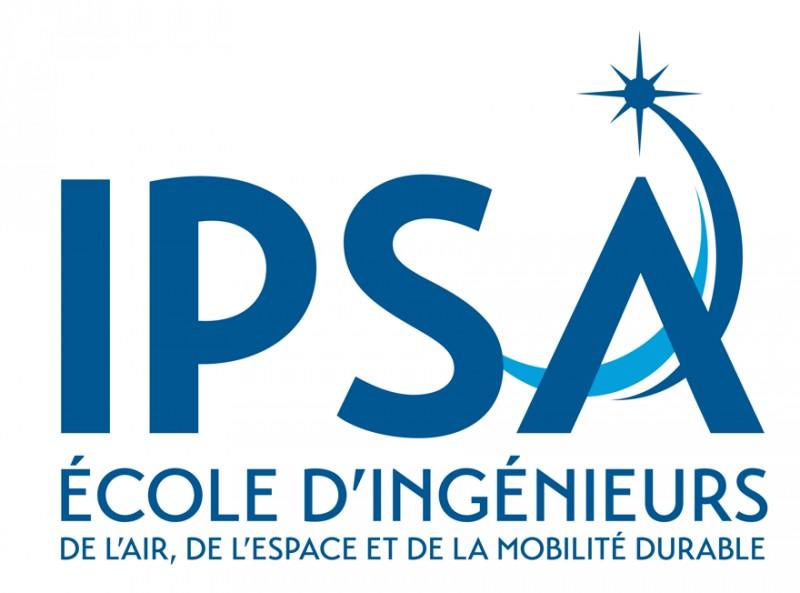Ionic membrane for blue energy
| ABG-126829 | Master internship | 6 months | 610 euros |
| 2024-11-12 |
- Materials science
- Chemistry
Employer organisation
Website :
Le CERMAV est leader dans les glycosciences en Europe et les activités des cinq équipes de recherche, dans différents aspects des glycosciences, répondent ainsi aux grands défis sociétaux dans les domaines de la santé humaine, des énergies émergentes et des matériaux pour les nouvelles technologies.
Les activités développées dans l’équipe « Structure et Propriétés des Glycomatériaux » (SPG) ont pour objectif d’acquérir des connaissances fondamentales afin d’accompagner les transitions en cours dans les domaines des matériaux et de l’énergie. Le leitmotiv de l’équipe est d’aller vers une compréhension voire une maîtrise des structures et processus en jeu dans les matériaux naturels ou transformés issus de la biomasse. Parallèlement, la diversité de thématiques abordées vise à répondre pleinement aux défis actuels pour le développement de matériaux biosourcés aptes à remplacer les matériaux dérivés des ressources fossiles.
Description
Context. Blue energy is a renewable and non intermittent energy source originating from salinity gradients between fresh (river) and salty water (sea, brine), whose potential (1 TW) largely exceeds hydroelectricity for instance. It can be converted to electricity by reverse electrodialysis, a technology relying on the employement of anionic and cationic membranes. [1] Membranes currently available are non renewable and present low performances to harvest blue energy, which is due to their poor nanostructure and the impossibility to tune the membrane critical parameters (ionic content and spatial distribution, pore size).
In order to overcome those issues, we propose a new design for those membranes based on the employement of nanocellulose as a biosourced nanostructured scaffold once hydrated, [2] associated to grafted polyelectrolytes [3] which can bring the ionic transport properties. The purpose of the internship is to establish the full potential of such approach.
[1] Jang, J., Kang, Y., Han, J. H., Jang, K., Kim, C. M., & Kim, I. S. (2020). Developments and future prospects of reverse electrodialysis for salinity gradient power generation: Influence of ion exchange membranes and electrodes. Desalination, 491, 114540.
[2] Nicolas, M., Serghei, A., Lucas, C., Beyou, E., & Fumagalli, M. (2023). Grafting of polyamines onto periodate oxidized nanocellulose, and its application to the fabrication of ionic nanopapers. Polymer, 270, 125760.
[3] Nicolas, M., Beyou, E., & Fumagalli, M. (2021). Two-step synthesis of polystyrene sulfonate based copolymers bearing pendant primary amines. European Polymer Journal, 152, 110455.
Goals. (i) Investigate the chemistry and processing to graft reactive polyelectrolyte onto nanocellulose surface and to subsequently obtain ionic membranes. (ii) Establish relations between nanocellulose ionic membrane composition, nanostructure and its capability to harvest blue energy.
Methodology. Membrane grafting chemistry (titration, FTIR, solid state NMR), membrane nanostructure (swelling coefficient, electron microscopy, small angle scattering), membrane performance to harvest blue energy (in collaboration with Sweetch Energy a start-up pioneer in the field of blue energy).
Practical informations. Internship for at least 6 months which can start as early as January 2025, and which can be pursued by a PhD (funding ANR CELLOSMO).
Profile
We are looking for a physical chemist with a degree in chemistry or in material science. A background in biosourced materials will be appreciated.
Starting date
Vous avez déjà un compte ?
Nouvel utilisateur ?
Get ABG’s monthly newsletters including news, job offers, grants & fellowships and a selection of relevant events…
Discover our members
 ADEME
ADEME  Ifremer
Ifremer  SUEZ
SUEZ  ANRT
ANRT  Aérocentre, Pôle d'excellence régional
Aérocentre, Pôle d'excellence régional  Institut Sup'biotech de Paris
Institut Sup'biotech de Paris  ONERA - The French Aerospace Lab
ONERA - The French Aerospace Lab  Groupe AFNOR - Association française de normalisation
Groupe AFNOR - Association française de normalisation  ASNR - Autorité de sûreté nucléaire et de radioprotection - Siège
ASNR - Autorité de sûreté nucléaire et de radioprotection - Siège  Généthon
Généthon  Tecknowmetrix
Tecknowmetrix  MabDesign
MabDesign  CESI
CESI  Nokia Bell Labs France
Nokia Bell Labs France  CASDEN
CASDEN  MabDesign
MabDesign  Laboratoire National de Métrologie et d'Essais - LNE
Laboratoire National de Métrologie et d'Essais - LNE  TotalEnergies
TotalEnergies  PhDOOC
PhDOOC
-
JobPermanentRef. ABG129192Association Bernard Gregory (ABG)Paris (3ème) - Ile-de-France - France

Business Developer (F/H)
Open to all scientific expertisesAny -
JobPermanentRef. ABG128969Institut Polytechnique des Sciences Avancées - IPSAToulouse - Occitanie - France

Enseignant-chercheur en Mécanique des fluides numérique
Open to all scientific expertisesAny







